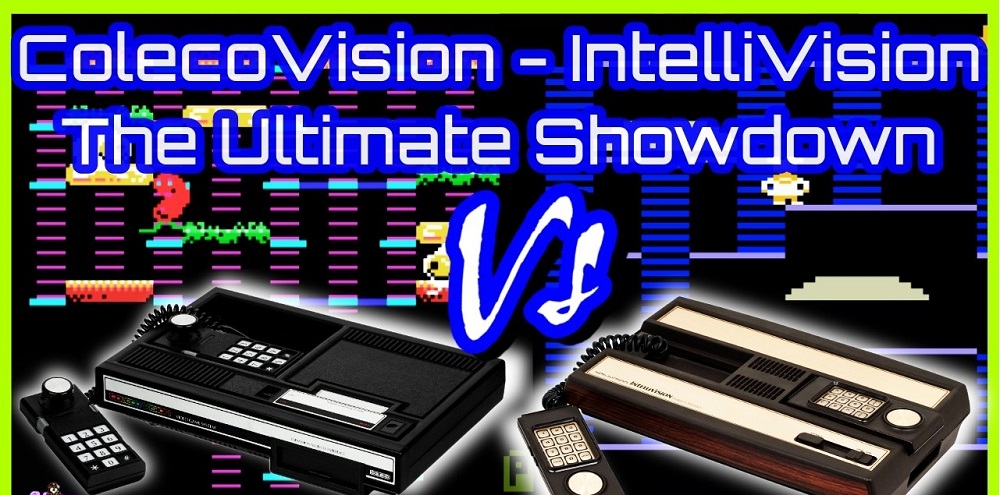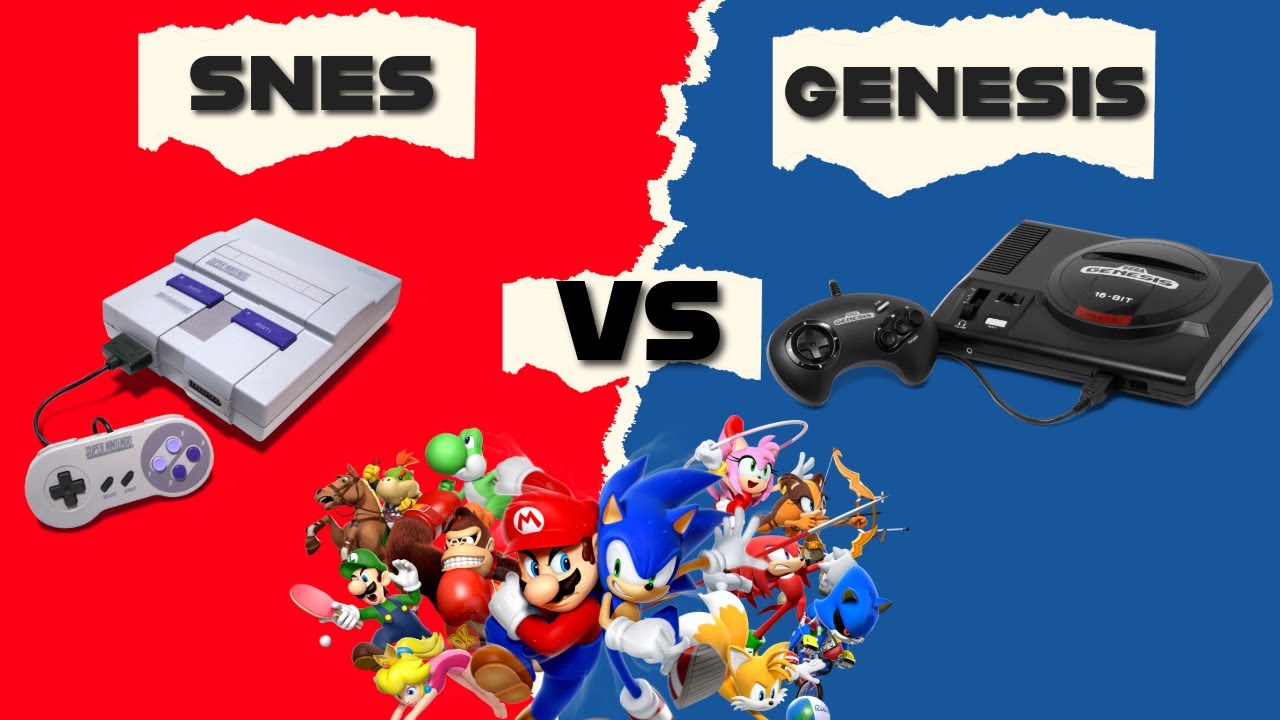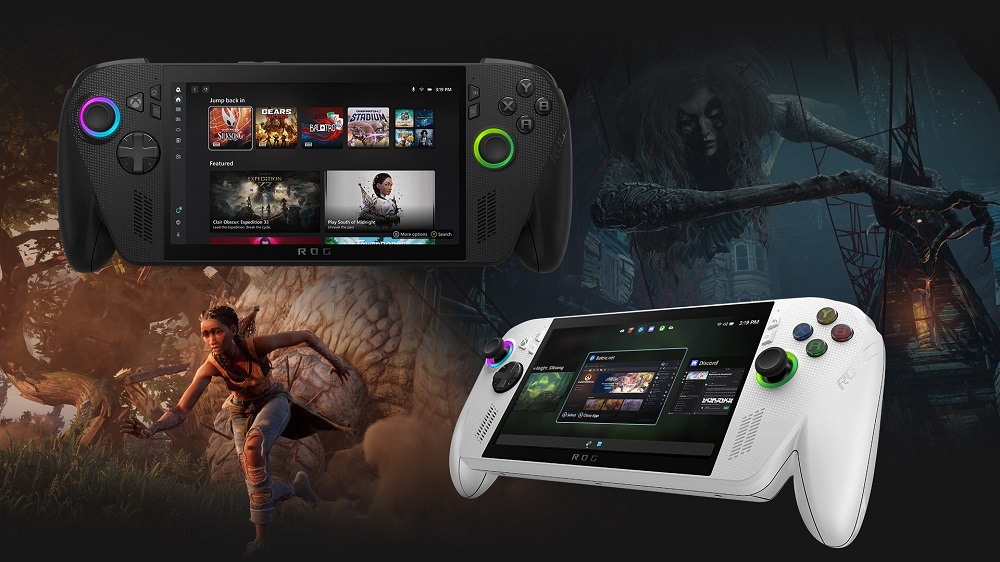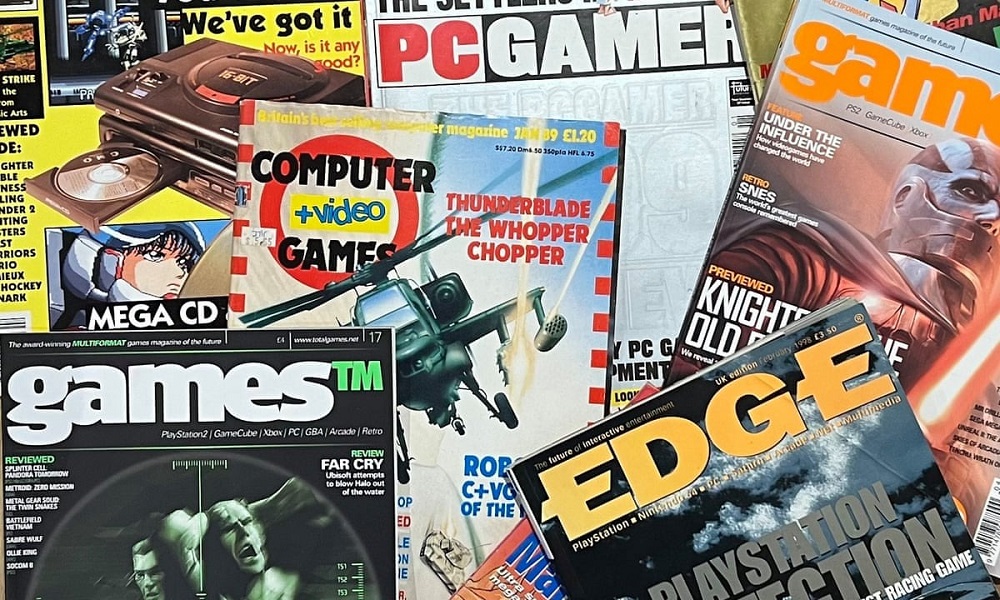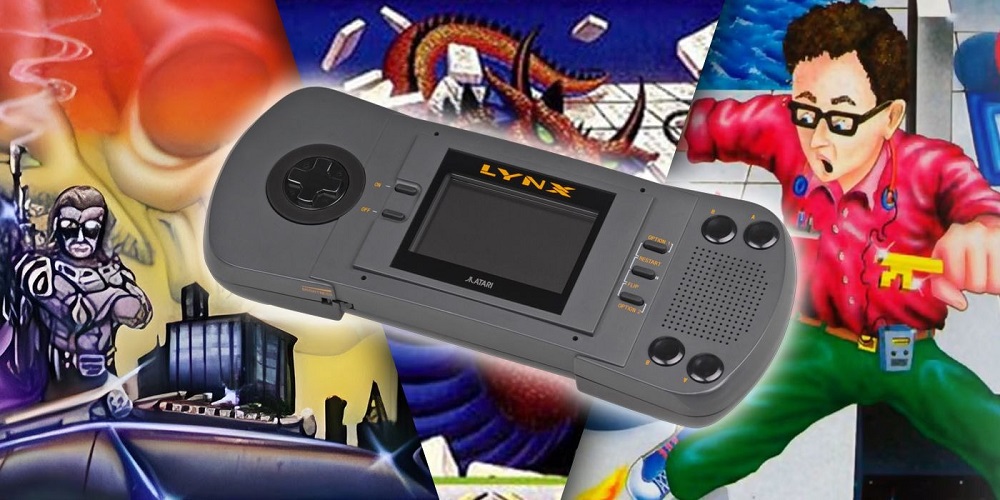Long before the NES vs. Sega Genesis debates lit up living rooms, there was another war — quieter, weirder, and often forgotten. The Intellivision vs. ColecoVision console war defined the early 1980s, with two ambitious systems vying for arcade supremacy, living room loyalty, and a slice of Atari’s dominance. Though neither won in the long run, their battle changed how consoles were marketed, designed, and remembered.
To truly appreciate this rivalry, it’s essential to understand the home consoles that paved the way — beginning with the Magnavox Odyssey, the very first to bring video games into the living room, followed by the groundbreaking Atari 2600, which popularized cartridge-based gaming and ushered in the golden age of home entertainment.
Powering the Pixels – Technical Face-Off
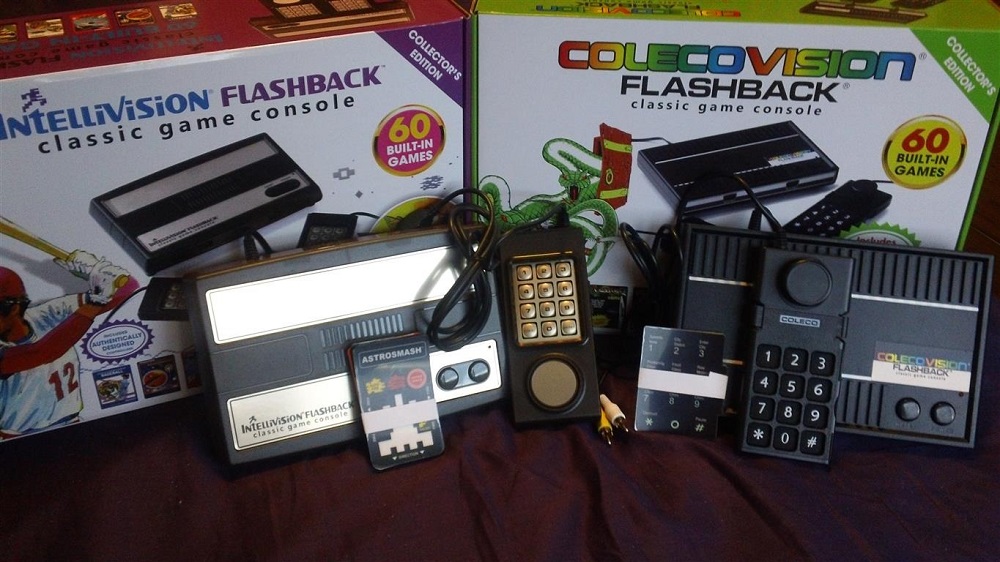
Intellivision, launched by Mattel in 1979, featured a 16-bit processor (the GI CP1610), technically more powerful than many of its contemporaries. It had sharper visuals and introduced features like voice synthesis via the Intellivoice add-on.
ColecoVision, launched in 1982 by Coleco, leaned heavily on arcade ports. Powered by the Zilog Z80 (also used in the ZX Spectrum and Game Boy), it supported Expansion Modules that let users play Atari 2600 games — a smart hardware hack.
| Feature | Intellivision | ColecoVision |
|---|---|---|
| Release Year | 1979 | 1982 |
| CPU | GI CP1610 (16-bit) | Zilog Z80 (8-bit) |
| Graphics | 160×96 | 256×192 |
| Sound | 3-voice PSG | 3-channel TI SN76489 |
| Controller | Disc + keypad | Joystick + keypad |
| Add-ons | Intellivoice | Atari Module, Roller Controller |
Though ColecoVision had better graphics and arcade-style controls, Intellivision was technically ahead of its time — if underutilized.
The Game Libraries – Quantity vs. Quality

Intellivision boasted over 125 games, many of them exclusive and sports-focused under the “Intelligent Television” branding. Astrosmash, Utopia, and B-17 Bomber were top hits. The system even had early attempts at real-time strategy gameplay. While not every game was a blockbuster, the variety and innovation present made the platform a cult favorite.
ColecoVision, however, took a different route: arcade-perfect ports. Its bundled title, Donkey Kong, blew away other versions. Other hits included Zaxxon, Venture, and Smurf: Rescue in Gargamel’s Castle — colorful, fun, and fast. The system’s superior graphics made these ports feel as close to the real thing as possible at the time.
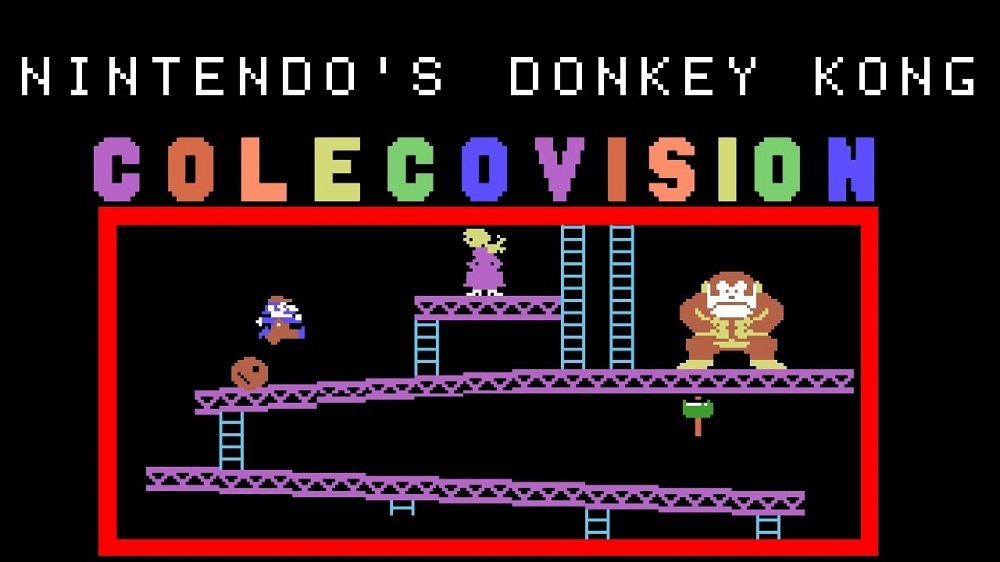
The ColecoVision library was smaller but more accessible, while Intellivision pushed boundaries in game design and simulation. Players seeking deep or unique experiences gravitated toward Mattel’s console, while fans of fast action and familiar arcade thrills preferred ColecoVision.
Marketing, Mayhem & Missed Chances
Mattel positioned Intellivision as the smarter, more advanced alternative to Atari, running a series of high-profile ads hosted by George Plimpton. These commercials highlighted superior graphics and gameplay, appealing to parents and more mature gamers.
ColecoVision leaned heavily on brand recognition. Its licensing deals with arcade giants like Nintendo and Sega allowed them to market games that consumers already loved. The Atari Expansion Module was a marketing masterstroke — letting users access a huge existing library without buying another console.
Unfortunately, both companies failed to prepare for the volatility of the market. The 1983 video game crash—fueled by over-saturation, inconsistent quality, and lost consumer trust—brought momentum to a halt. Atari, once the titan of the industry, had already begun to stumble, its decline emblematic of a larger collapse. Coleco and Mattel exited the industry shortly thereafter, ceding the space to Nintendo’s NES.
Behind the Controllers – User Experience Compared
While the specs and games get most of the attention, the controllers were a defining feature of both systems. Intellivision’s disc-based directional pad was innovative but often awkward. It required finesse and was prone to mechanical issues.
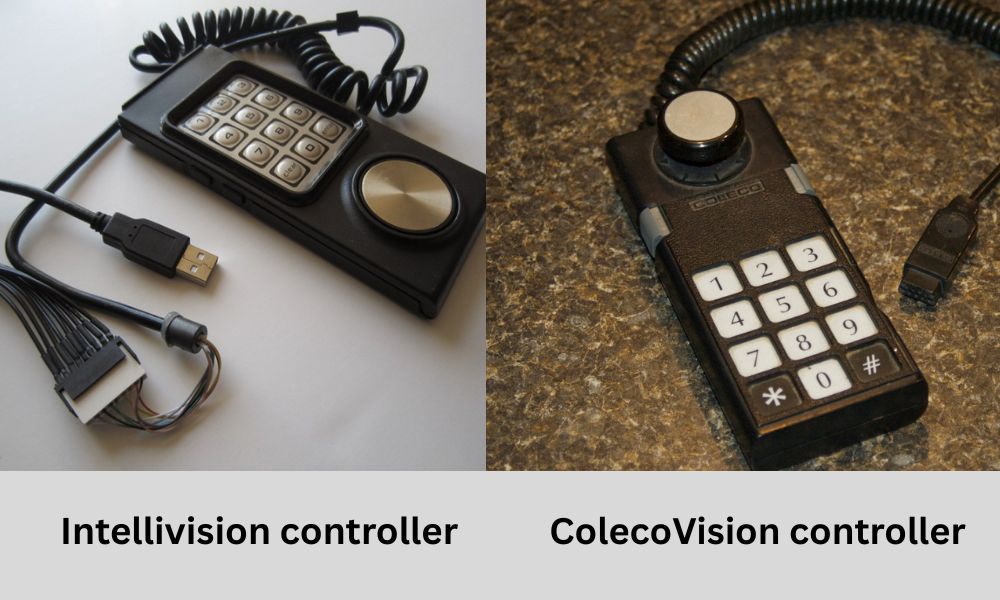
ColecoVision’s controller, on the other hand, featured a more traditional joystick with a numeric keypad. Though not perfect, it offered better ergonomics for fast-paced games and was more intuitive for arcade-style titles.
Peripheral-wise, Intellivision had the Intellivoice, which enabled speech in games like B-17 Bomber and Space Spartans. While limited, it showcased the potential for more immersive gameplay. ColecoVision’s expansion modules were arguably more practical, extending its lifespan by adding compatibility with other systems and accessories.
Culture, Community & Collector Appeal
In the decades since their fall from mainstream relevance, both consoles have enjoyed a resurgence among collectors and retro gaming fans. Their quirky aesthetics, bold experimentation, and limited production runs make them highly sought after.
Collectors prize complete-in-box versions of Intellivision sports titles, while ColecoVision arcade ports remain a favorite at retro expos and museum showcases. Communities such as AtariAge and subreddits like r/retrogaming keep the memory alive, trading tips, emulation advice, and even new homebrew releases.
These consoles also serve as conversation starters for a different time in gaming — one where every company was experimenting, every title was a risk, and innovation was the norm, not the exception.
Conclusion: No Clear Winner, But a Legacy That Lives On
While neither Intellivision nor ColecoVision triumphed commercially, their contributions to gaming history are undeniable. Their clash marked a turning point in how we think about console identity — from marketing and modularity to innovation and arcade fidelity.
In hindsight, they may have been victims of timing, caught between technological ambition and a collapsing market. But for those who played them — and those who rediscover them today — they represent a golden age of invention and imagination.
These systems didn’t just play games — they helped define what a home console could be.
